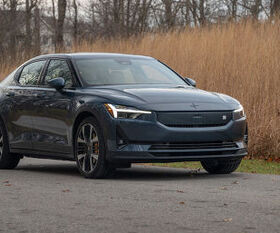Frost & Sullivan analysis suggests momentum toward supplementary 48V on-board power-net
Green Car Congress
JULY 2, 2012
The automotive industry moved from a 6V supply to a 12V supply more than 30 years ago—and incurred massive investments across the entire ecosystem. The 48V and 12V subnets are to be connected through a bi-directional DC/DC converter, enabling the easier integration of high-current devices into cars at lower cost and with better quality.













Let's personalize your content